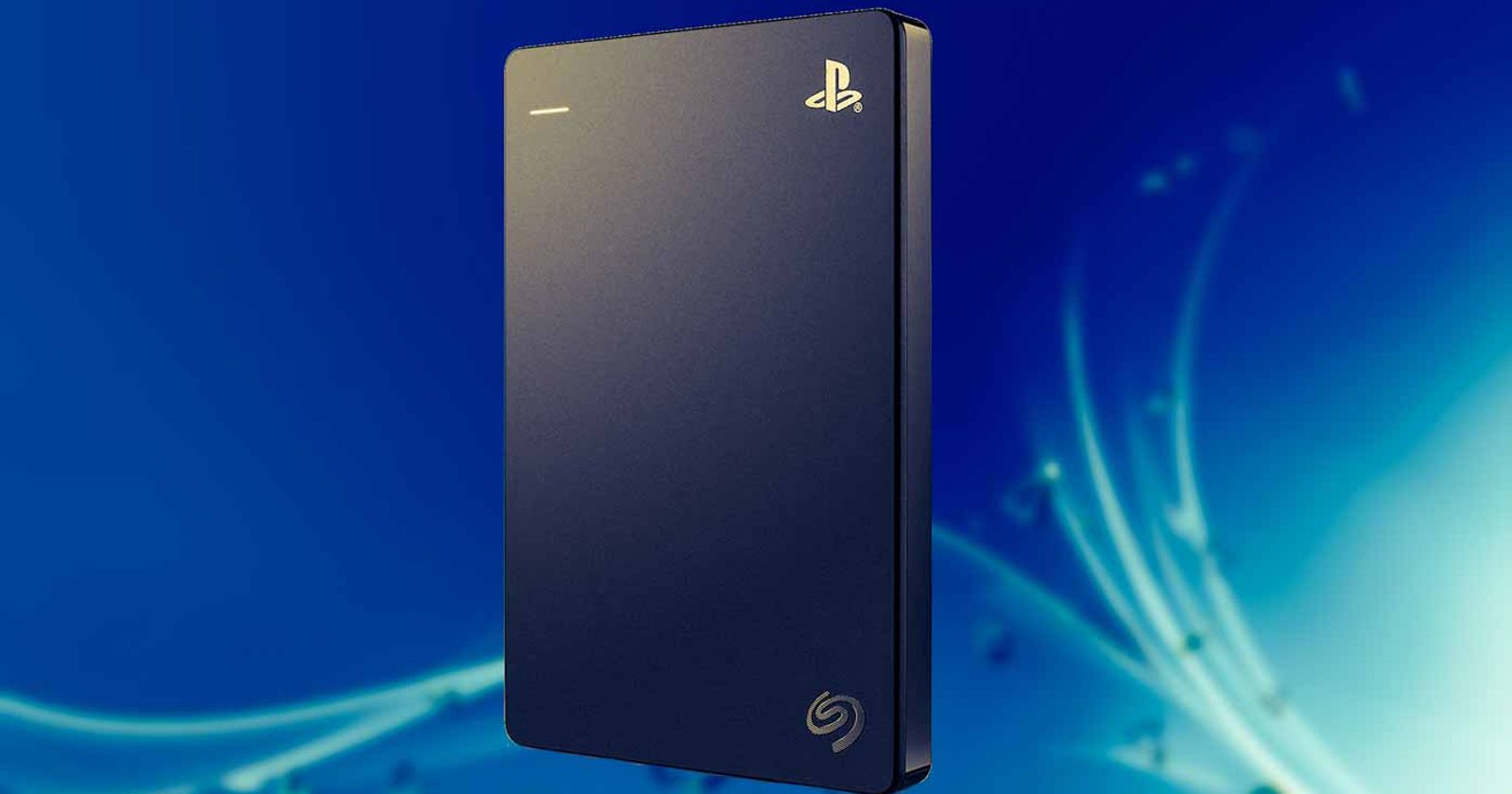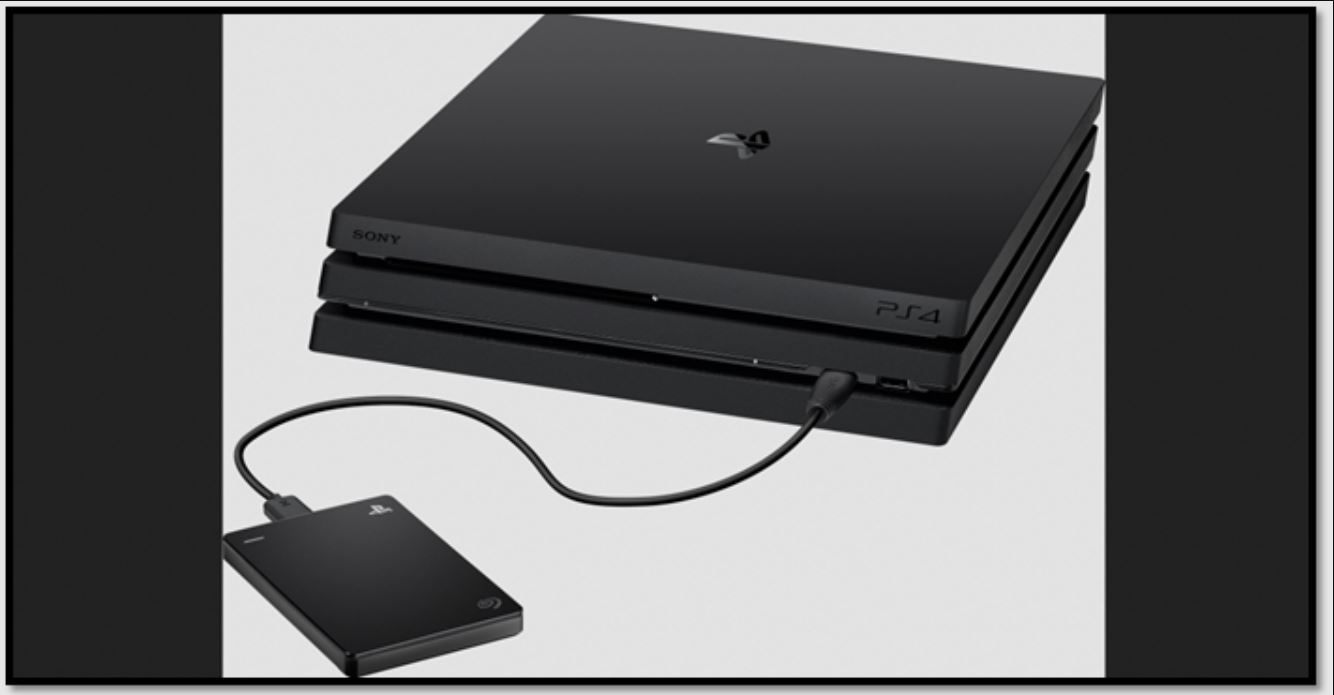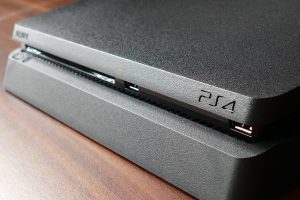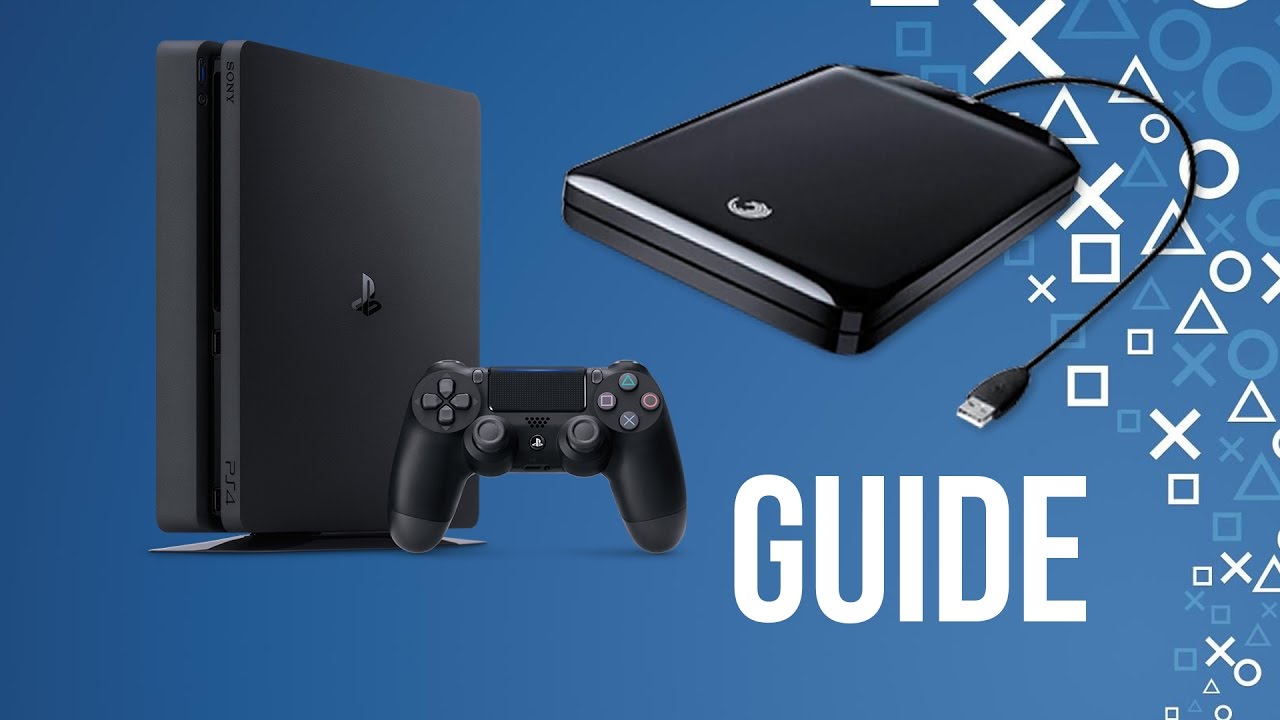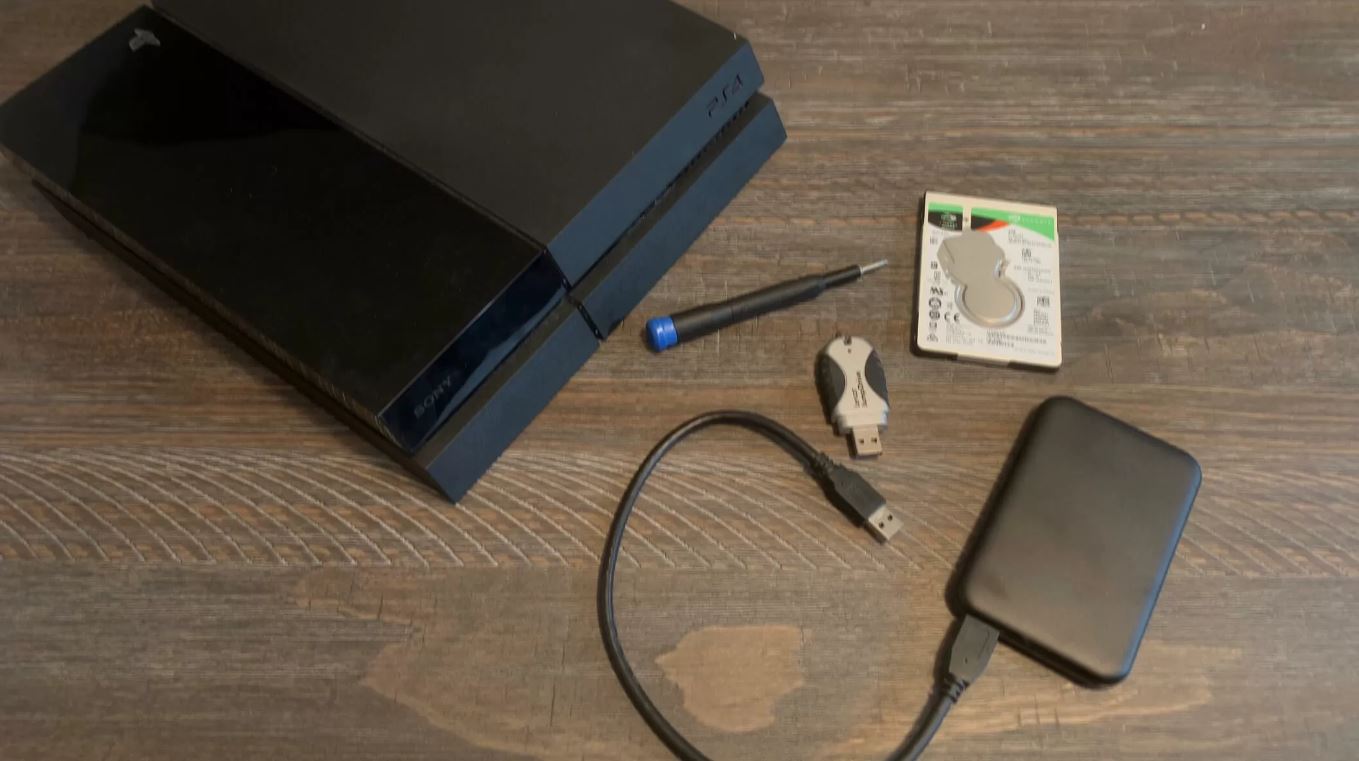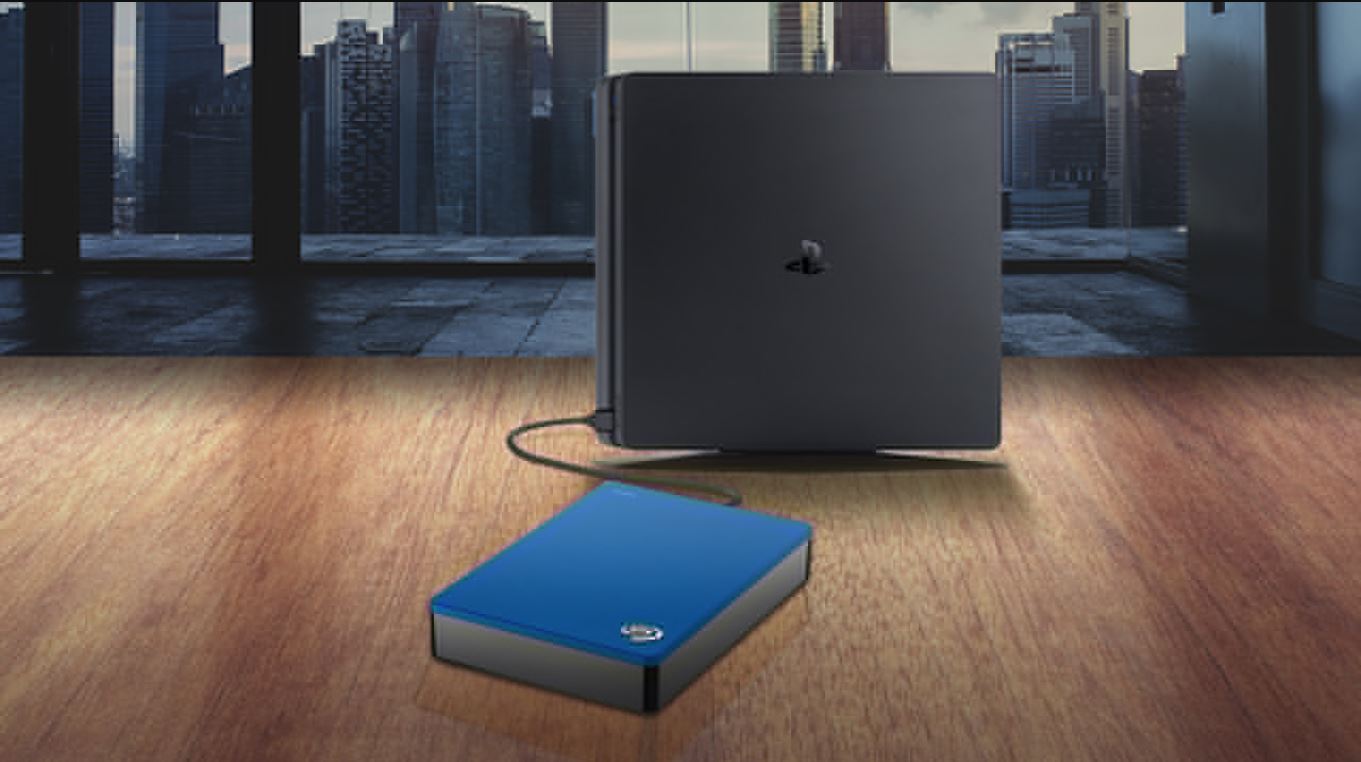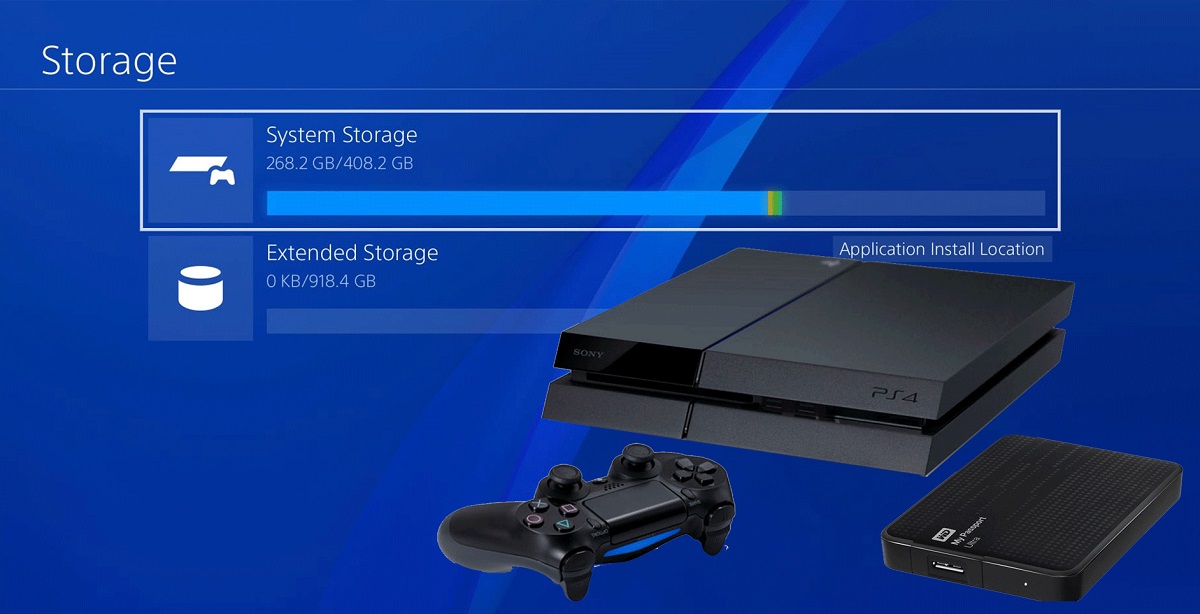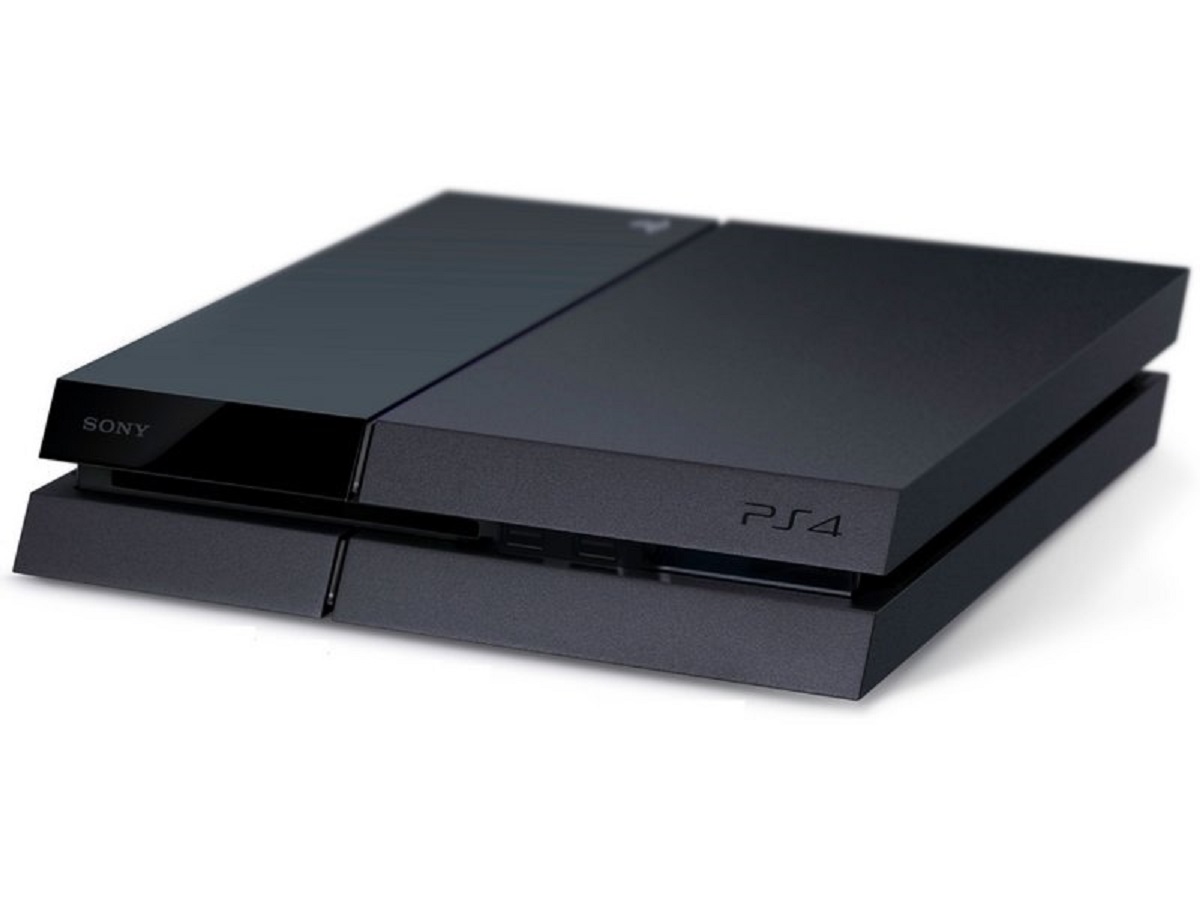Introduction
An external hard drive is a convenient and reliable storage solution for your files, allowing you to expand your computer’s storage capacity and easily transfer data between devices. However, like any digital storage device, external hard drives are prone to corruption and data loss. Dealing with a corrupted external hard drive can be a frustrating and worrisome experience, especially if it contains important files that you cannot afford to lose.
External hard drive corruption can occur due to various reasons, including power surges, improper ejection, physical damage, malware or virus infections, and file system errors. When corruption happens, you may encounter errors such as “The drive needs to be formatted,” “File or directory is corrupted and unreadable,” or the drive not being recognized by the computer.
Fortunately, there are steps you can take to fix a corrupted external hard drive and recover your precious data. In this article, we will guide you through different troubleshooting methods that can help you address common external hard drive corruption issues. It’s important to note that these methods are intended for external hard drives connected to a PS4 gaming console, but they can also apply to other types of external hard drives.
Before we delve into the solutions, please remember to backup your data regularly to avoid potential data loss. Additionally, be aware that attempting to fix the drive yourself may have risks, and if you are not confident in your technical abilities, it is advisable to seek professional assistance.
Causes of External Hard Drive Corruption
Understanding the causes of external hard drive corruption can help you prevent future issues and ensure the safety of your data. Here are some common reasons why external hard drives may become corrupted:
- Power Surges: Sudden power fluctuations or surges can damage the internal circuitry of your external hard drive, leading to corruption. It is crucial to connect your external hard drive to a surge protector or use a UPS (Uninterruptible Power Supply) to minimize the risk of power-related damage.
- Improper Ejection: Removing your external hard drive from the computer without properly ejecting or disconnecting it can result in data corruption. Always use the “Safely Remove Hardware” option or “Eject” feature in your operating system to ensure a safe disconnection.
- Physical Damage: Accidental drops, bumps, or exposure to extreme temperatures can physically damage the external hard drive, leading to corruption. It’s crucial to handle your external hard drive with care and keep it in a secure and stable environment.
- Malware or Virus Infections: External hard drives can become infected with malware or viruses, which can corrupt files and the file system. Ensure that your computer has reliable and up-to-date antivirus software to scan and protect your external hard drive from potential threats.
- File System Errors: Over time, file system errors can develop on your external hard drive, making the files and data stored on it inaccessible or corrupted. These errors can occur due to improper shutdowns, software conflicts, or other system-related issues.
By being aware of these common causes, you can take proactive measures to minimize the risk of external hard drive corruption. Implementing proper backup strategies, using surge protectors, practicing safe ejection methods, keeping your computer virus-free, and regularly scanning your external hard drive for errors are some essential steps to protect your data and prevent corruption.
Basic Troubleshooting Steps
When dealing with a corrupted external hard drive, it’s essential to start with some basic troubleshooting steps before moving on to more advanced methods. Here are some initial steps you can take:
- Disconnect and Reconnect: Sometimes, a simple reconnection can resolve connectivity issues. Disconnect the external hard drive from the computer and reconnect it to a different USB port. Ensure the connection is secure and try accessing the drive again.
- Restart the Computer: A system restart can help reset any conflicting settings or processes that may be causing issues with the external hard drive. Save your work and restart the computer, then check if the drive is recognized and accessible.
- Update Drivers: Outdated or incompatible drivers can cause conflicts and prevent your computer from recognizing the external hard drive. Visit the manufacturer’s website or use a reliable driver update tool to ensure that your system has the latest drivers installed.
- Try Another Computer: Connect the external hard drive to another computer to determine if the issue is specific to your computer or the drive itself. If it works on another computer, it could indicate a compatibility or software-related problem on your original computer.
- Check Device Manager: Open the Device Manager on your computer and look for any entries related to the external hard drive. If you see a yellow exclamation mark or a red “X” symbol, it indicates a problem with the device drivers or hardware. Right-click and select “Update driver” or “Uninstall device” to troubleshoot the issue.
- Use a Different USB Cable: Faulty USB cables can cause connectivity problems with the external hard drive. Try using a different USB cable to eliminate any cable-related issues. Make sure to use a cable that is compatible with your external hard drive’s connection type (USB-A, USB-C, etc.).
- Test with Another Cable: If possible, test the external hard drive with another USB cable to check if the cable itself is causing the problem. Sometimes, a damaged or worn-out cable can lead to data transfer issues and corruption.
- Run System File Checker: System File Checker is a built-in Windows utility that scans for and repairs corrupted system files. Open the Command Prompt as an administrator and run the command “sfc /scannow” to initiate the scan and repair process.
These basic troubleshooting steps can help resolve minor issues and determine if the problem lies with the external hard drive or the computer. If these steps do not resolve the corruption problem, proceed to the next troubleshooting methods for further analysis and potential fixes.
Checking for Physical Damage
In some cases, external hard drive corruption can be attributed to physical damage. It’s important to inspect your external hard drive for any signs of physical harm that may be causing the issue. Here are the steps to check for physical damage:
- External Inspection: Examine the external casing of the hard drive for any visible cracks, dents, or loose parts. If you notice any damage, it may indicate that the drive’s internal components are compromised.
- Listen for Strange Noises: While the external hard drive is powered on, listen for any unusual noises, such as clicking, grinding, or buzzing sounds. These sounds could indicate mechanical problems within the drive, such as a faulty motor or damaged read/write heads.
- Check the Connection Port: Inspect the connection port on the external hard drive for any bent or damaged pins. Misaligned or broken pins can result in poor connectivity and data transfer issues.
- Attempt a Different Enclosure or Adapter: If you have access to another compatible enclosure or adapter, try connecting the hard drive using a different one. Sometimes, the enclosure or adapter itself may be faulty, causing the corruption issues.
- Utilize Professional Services: If you suspect severe physical damage to your external hard drive, consider seeking professional data recovery services. These experts have the expertise and specialized tools to diagnose and repair physical damage to the drive. However, it’s important to note that professional services can be costly.
By checking for physical damage, you can determine if the external hard drive corruption is a result of physical factors. If you find signs of physical damage, it’s advisable to proceed with caution and consider professional assistance to prevent further damage to the drive or potential data loss.
Using Disk Cleanup and Error Checking Tools
When dealing with a corrupted external hard drive, disk cleanup and error checking tools can be helpful in resolving file system errors and freeing up disk space. These built-in tools in your operating system can assist in identifying and fixing issues that may be contributing to the corruption. Here’s how to use them:
- Disk Cleanup (Windows): On Windows, the Disk Cleanup tool helps remove unnecessary files and temporary data from your hard drive, potentially resolving corruption issues caused by cluttered storage. To access Disk Cleanup, search for it in the Start menu, select your external hard drive, and follow the prompts to clean up the drive.
- Error Checking (Windows): The Error Checking tool (also known as CHKDSK) scans your external hard drive for file system errors and attempts to fix them. To run Error Checking, open File Explorer, right-click on your external hard drive, select Properties, go to the Tools tab, and click on “Check” under the Error Checking section. Follow the on-screen instructions to initiate the scan and repair process.
- Disk Utility (Mac): Mac users can utilize the Disk Utility application to repair file system errors and perform disk cleanup tasks. Launch the Disk Utility app, select your external hard drive, go to the First Aid tab, and click on “Run” to start verifying and repairing the drive.
- fsck (Mac): For more advanced users on Mac, the fsck (file system consistency check) command can be used in the Terminal to check and repair file system errors on the external hard drive. Open the Terminal, type “fsck /dev/[drive_name]”, replacing [drive_name] with the appropriate identifier for your external hard drive, and press Enter to run the command.
By using disk cleanup and error checking tools, you can address potential file system errors and optimize the performance of your external hard drive. Remember to follow the instructions carefully and allow the tools to complete their processes, as it may take some time depending on the size and condition of your drive.
Repairing the File System
If basic troubleshooting and disk cleanup tools do not resolve the corruption issue, you may need to repair the file system on your external hard drive. Repairing the file system can help fix errors and restore the drive’s functionality. Here are a few methods you can try:
- Windows File System Repair: Windows provides a built-in utility called “System File Checker” that can scan for and repair corrupt system files. Open the Command Prompt as an administrator and run the command “sfc /scannow” to initiate the scan and repair process.
- Windows Check Disk Utility: The Check Disk utility (CHKDSK) can help repair file system errors on your external hard drive. In the Command Prompt, type “chkdsk /f [drive_letter]:” and press Enter, replacing [drive_letter] with the appropriate drive letter assigned to your external hard drive. Follow the prompts to scan and repair the drive.
- Mac Disk Utility First Aid: Mac users can use the Disk Utility application to repair file system errors on their external hard drives. Launch Disk Utility, select the external hard drive, go to the First Aid tab, and click on “Run” to start verifying and repairing the drive’s file system.
- Third-Party Disk Repair Software: There are various third-party disk repair software available that can help repair file system errors on both Windows and Mac systems. These tools provide more advanced features and may assist when built-in utilities are unable to resolve the corruption. However, exercise caution and choose reputable software from trusted sources.
Repairing the file system can help resolve corruption issues and ensure that your external hard drive is functioning properly. It’s recommended to back up your data before attempting file system repairs, as some methods may involve making changes to the drive’s structure. If the file system repairs do not fix the corruption problem, you may need to consider more drastic measures, such as reassigning the drive letter or formatting the external hard drive.
Reassigning Drive Letter
If your external hard drive is still experiencing corruption issues, reassigning the drive letter can sometimes help resolve conflicts and make the drive accessible again. Here’s how you can reassign the drive letter on both Windows and Mac:
- Windows:
- Open Disk Management by right-clicking on “This PC” or “My Computer” and selecting “Manage”.
- In the “Storage” section, click on “Disk Management”.
- Locate your external hard drive in the list of drives, right-click on it, and select “Change Drive Letter and Paths”.
- Click “Change” and select a new, unused drive letter from the drop-down menu.
- Click “OK” to apply the changes and restart your computer.
- Mac:
- Launch Disk Utility from the Applications > Utilities folder.
- Select your external hard drive from the list of drives.
- Go to the “Erase” or “Partition” tab.
- Click on “Volume Scheme” and select “1 Partition”.
- Click on the “Options” button and ensure that the partition map scheme is set to “GUID Partition Map”.
- Assign a new name to the volume, if desired.
- Click “Apply” to reassign the drive letter and reformat the drive.
Reassigning the drive letter can help resolve conflicts or inconsistencies that may be causing the corruption issue. However, please note that reassigning the drive letter will change the drive’s path and may require you to update shortcuts or references to the drive on your computer.
If reassigning the drive letter does not fix the issue, formatting the external hard drive may be the last resort. Keep in mind that formatting erases all data on the drive, so it’s crucial to have a backup before proceeding with this step.
Formatting the External Hard Drive
If all other troubleshooting methods fail to resolve the corruption issue on your external hard drive, formatting the drive might be necessary. Formatting erases all data on the drive and restores it to its original state, potentially fixing any underlying file system errors. Here’s how you can format your external hard drive:
- Windows:
- Open Disk Management by right-clicking on “This PC” or “My Computer” and selecting “Manage”.
- In the “Storage” section, click on “Disk Management”.
- Locate your external hard drive in the list of drives, right-click on it, and select “Format”.
- Choose the desired file system (such as NTFS or exFAT) and allocation unit size.
- Enter a new volume label for the drive if desired.
- Ensure that the “Perform a quick format” option is checked.
- Click “OK” to start the formatting process. Note that this will erase all data on the drive.
- Mac:
- Launch Disk Utility from the Applications > Utilities folder.
- Select your external hard drive from the list of drives.
- Go to the “Erase” or “Partition” tab.
- Choose the desired format, such as APFS or Mac OS Extended (Journaled).
- Assign the volume a name if desired.
- Click “Erase” to start the formatting process. Note that this will erase all data on the drive.
Formatting your external hard drive is a drastic measure and should only be done if other methods have failed to resolve the corruption issue. It is crucial to have a backup of any important data before proceeding, as formatting will permanently erase all data on the drive.
If you have valuable data on the drive that you cannot afford to lose, you might consider using data recovery software before formatting or seek professional data recovery services to attempt to recover the corrupted files.
Using Data Recovery Software
In situations where your external hard drive is corrupted and you have important data that you need to recover, data recovery software can be a valuable resource. Data recovery software can help you retrieve lost or inaccessible files from a corrupted external hard drive. Here’s how you can use data recovery software:
- Research and Choose Reliable Software: Look for reputable and reliable data recovery software that is specifically designed for external hard drives. Read reviews, check the features, and ensure that the software supports the file system used on your external hard drive.
- Download and Install the Software: Download the data recovery software from the official website or a trusted source. Install the software on your computer, following the provided instructions.
- Connect and Scan: Connect your corrupted external hard drive to the computer and launch the data recovery software. Select the external hard drive as the target for scanning and recovering the lost data.
- Choose Scan Type and Start the Scan: The data recovery software may offer different scan options, such as a quick scan or deep scan. Choose the appropriate scan type according to your needs. The software will then start scanning the external hard drive to locate recoverable files and folders.
- Preview and Recover: Once the scanning process is complete, the data recovery software will display a list of recoverable files. Preview the files to ensure they are intact and select the files you wish to recover. Choose a safe location on your computer to save the recovered files, rather than the corrupted external hard drive.
- Transfer Recovered Data: After selecting the files to recover and specifying the recovery location, initiate the data recovery process. The software will transfer the recovered data from the corrupted external hard drive to your computer.
Data recovery software can be a helpful solution when dealing with a corrupted external hard drive containing crucial files. However, please note that data recovery success may vary depending on the severity of the corruption and the condition of the drive. To maximize the chances of successful data recovery, it is advisable to avoid further usage of the corrupted drive and seek professional data recovery services if the software fails to recover the desired data.
Conclusion
Dealing with a corrupted external hard drive can be a frustrating experience, but by following the troubleshooting steps outlined in this article, you can increase your chances of recovering your data and restoring the functionality of the drive.
We explored various causes of external hard drive corruption, including power surges, improper ejection, physical damage, malware or virus infections, and file system errors. Understanding these causes can help you take preventive measures to protect your external hard drive from corruption in the future.
We discussed basic troubleshooting steps, such as disconnecting and reconnecting the drive, restarting the computer, updating drivers, and checking for physical damage. These steps can help resolve minor issues and identify potential underlying problems with the drive.
We explored the use of disk cleanup and error checking tools to address file system errors and free up disk space. These tools, available in both Windows and Mac operating systems, can help maintain the health and performance of your external hard drive.
If the corruption persists, we discussed more advanced troubleshooting methods, including repairing the file system, reassigning the drive letter, and formatting the external hard drive. These methods should be approached with caution, as they can result in data loss. Therefore, it is crucial to have a backup of your important files before proceeding with these steps.
If data loss occurs due to corruption, we covered the use of data recovery software as a potential solution. Data recovery software can help retrieve lost or inaccessible files from a corrupted external hard drive. However, it is essential to choose reliable software and be aware that successful data recovery is not guaranteed in all cases.
In conclusion, when dealing with a corrupted external hard drive, it is important to remain calm and follow the systematic troubleshooting methods discussed in this article. By implementing these steps and taking preventive measures, you can protect your data and avoid potential external hard drive corruption in the future.







